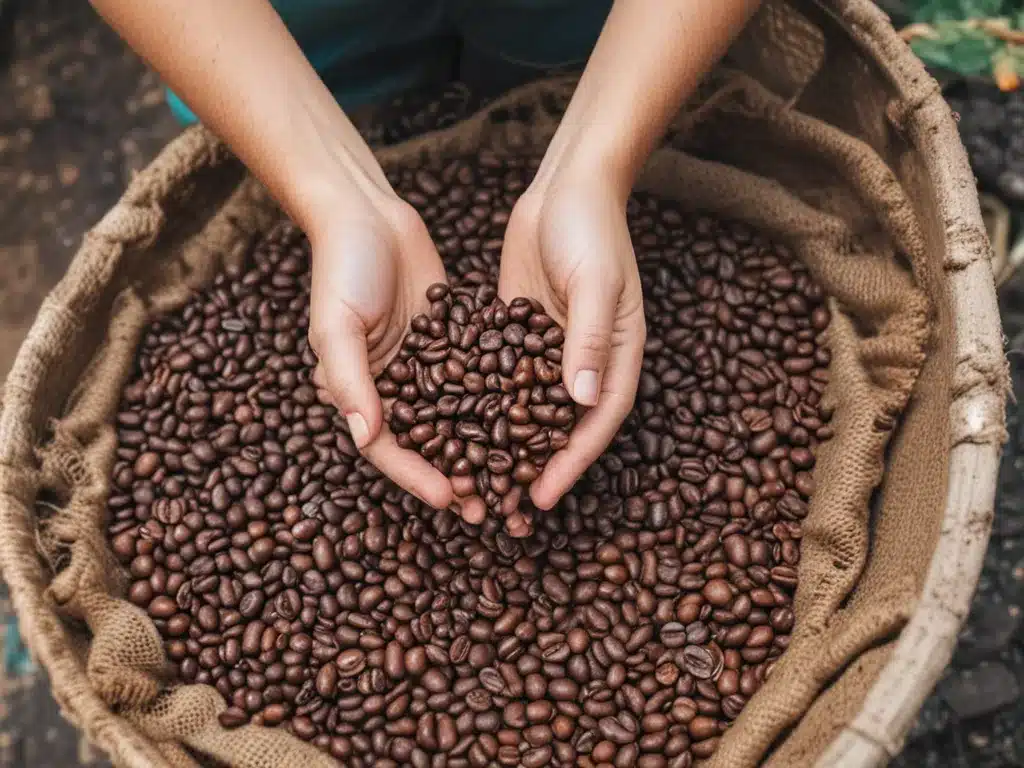
I love exploring the various ways coffee is processed around the world. As a coffee enthusiast, understanding processing methods is key to appreciating the complex flavors in a cup. In this article, I’ll take you on a journey through some of the most common techniques used globally, from natural to washed, to honey and more.
Natural Processing
Natural processing, also called dry processing, is the oldest and most traditional processing method. After the coffee cherries are harvested, they are left to dry completely intact, with the fruit flesh and mucilage still attached to the beans. This takes 4-6 weeks and allows the sugars and acids in the fruit to permeate the beans.
The pros of natural processing are:
- Enhances fruity and sweet flavors
- Used for most Brazilian and Sumatran coffees
The cons are:
- Less consistency as it’s weather-dependent
- Risk of defect and over-fermentation
Some of my favorite naturals come from Ethiopia, with intensely fruit-forward blueberry and strawberry notes. Other iconic naturals include Monsooned Malabar from India and Kona from Hawaii.
Washed Processing
Washed processing removes the fruit flesh early and relies on water to extract sugars and acids instead. After harvest, the coffee cherry is pulped, leaving just the bean surrounded by its mucilage coating. It is then fermented in tanks before being washed and dried.
The pros of washed processing are:
- Cleaner flavor profile
- More consistency and control
- Used for most Colombian and Central American coffees
The cons are:
- Less intense fruitiness than naturals
- More labor-intensive
- More wastewater created
My favorite washed coffees are the bright and floral Ethiopian Yirgacheffes. Other classics are orthodox Jamaican Blue Mountain and Colombian Medellin.
Honey Processing
Honey processing is halfway between natural and washed – the mucilage is left on the bean during drying to allow partial sugars and acids to be absorbed. This takes about 2-3 weeks.
The pros of honey process are:
- Balanced fruitiness and cleanliness
- Used widely for Costa Rican and Mexican coffees
The cons are:
- Can be inconsistent depending on mucilage removal
- Potential over-fermentation
I love how honey processed coffees marry fruit and floral tones, like juicy peach meets jasmine. Try coffees from El Salvador or Nicaragua to experience honey process.
Other Experimental Methods
Innovative coffee producers are creating new processing techniques all the time. Here are a few examples:
- Carbonic maceration – Beans soaked in CO2 like wine grapes
- Anaerobic fermentation – Beans submerged in tanks without oxygen
- Yeast fermentation – Adding yeasts during processing
These experimental methods create unique flavor profiles – think funky, fruity, or wine-like. However, results can vary greatly depending on technique.
The Takeaway
Processing method has a huge impact on coffee flavor. Washed coffees offer bright acidity, while naturals provide rich sweetness. With honey and experimental processing, the possibilities are endless! Understanding these techniques allows me to better predict and appreciate the complex flavors in coffees from around the globe. Next time you try a new coffee, see if you can guess how it was processed.



















